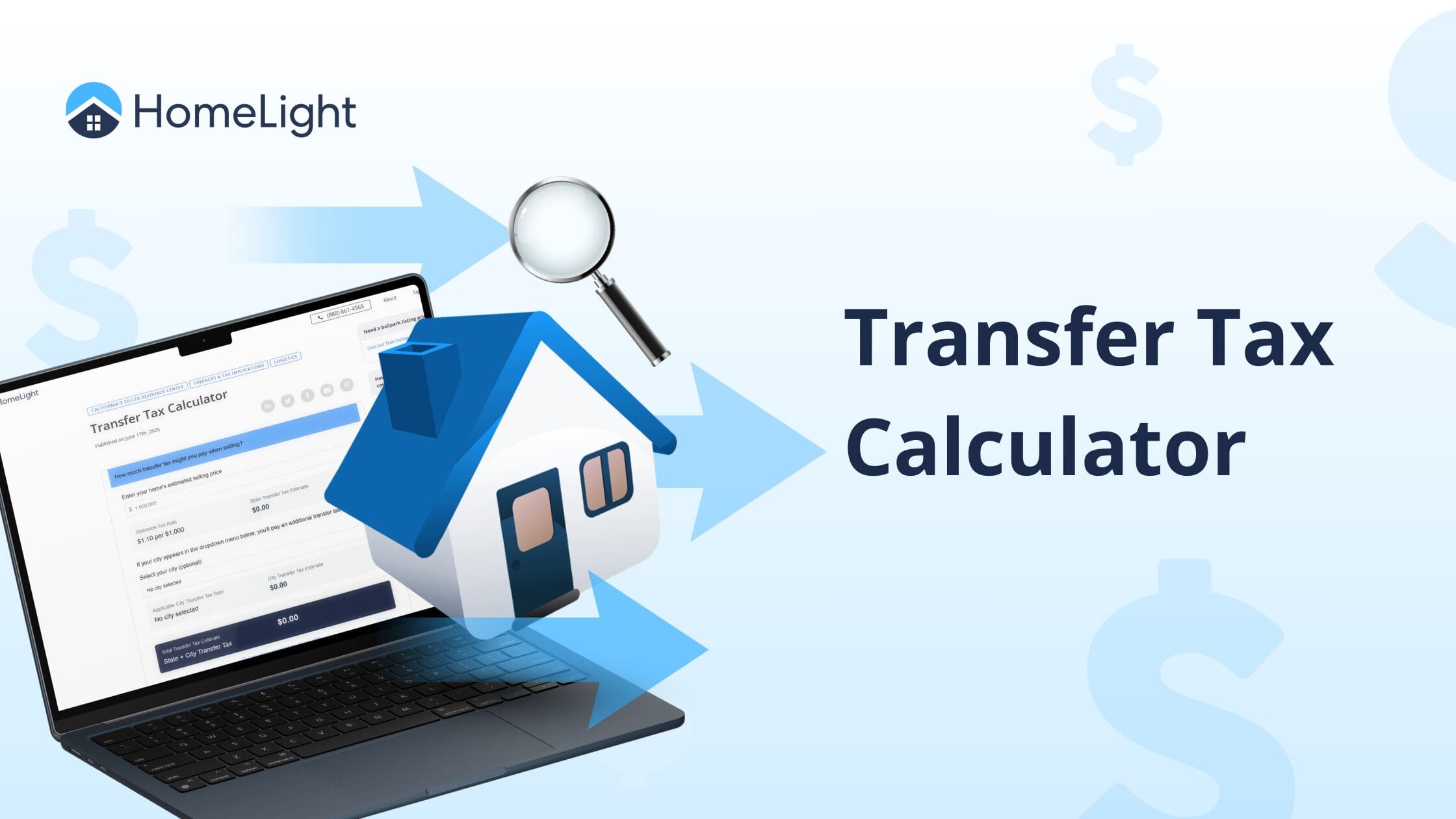Home prices are predicted to surge faster in the next year and a half than was once thought, thanks in large part to multiple interest rate cuts.
In its newly released Australian Housing Outlook report, ANZ predicts combined capital city home prices will increase by 5% by the end of 2025 and 5.8% by the end of 2026.
It’s a significant update from its February forecast, when the bank had predicted home-prices would increase just 0.9% this year and 3.8% next year.
Sydney, Melbourne and Darwin are tipped to be the best performing capital cities in 2025 and 2026. Picture: Getty
With the Reserve Bank of Australia cutting rates for a third time on Tuesday, property markets are expected to accelerate, ANZ senior economist Adelaide Timbrell said.
“The Reserve Bank’s rate cuts in February, May and [August] are bringing borrowing capacity up, which allows people to bid more on homes at auctions or in other competitive circumstances,” Ms Timbrell said.
The report showed that home prices historically gain momentum once an interest-rate cutting cycle had begun, with capital city prices increasing by 6.1% on average in the first year since cuts began in 1996, 2001, 2008 and 2011.
ANZ housing price growth forecasts
| Sydney | Melbourne | Brisbane | Adelaide | Perth | Hobart | Canberra | Darwin | |
| 2025 | 4.6% | 4.1% | 7.4% | 4.7% | 6.1% | 2.4% | 2.6% | 14.3% |
| 2026 | 6.3% | 6.6% | 5.6% | 2.7% | 5.8% | 2.1% | 2.2% | 6.1% |
Ms Timbrell said Tuesday's cut and an expected rate-cut in November would likely see a similar trajectory play out this year and into the next, but other factors also played a part.
“Solid income growth and lower inflation is doing the same thing. When inflation is lower, people don’t have to spend more and more on things like groceries and bills, and when income growth is stronger of course people have more money to save up for a deposit.”
Some relief for owners, but what about buyers?
RBA governor Michele Bullock conceded in her post-meeting press conference on Tuesday that lower rates usually mean property prices go up.
“We do know that historically, as interest rates fall, then activity in the housing market picks up. That's exactly what we'd expect and it is one of the channels through which monetary policy works,” Ms Bullock said.
RBA Governor Michele Bullock has acknowledged lower interest rates underpin the housing market. Picture: NewsWire / Nikki Short
“I'd have to say, though, that the easing so far has been fairly gradual and what we've seen so far is a fairly gradual recovery in housing activity broadly, housing prices, development dwelling investment.
“Ultimately, we don't forecast property prices. We can't control what happens there because I think as I've said before, property prices are about supply and demand.”
REA Group senior economist Eleanor Creagh.
REA Group senior economist Eleanor Creagh said while the latest rate cut would see property prices continue to increase, it would be at a more moderate rate than in the past two years.
“While affordability remains severely constrained, the underlying market pressure of persistent housing undersupply relative to population growth remains in place," Ms Creagh said.
"We expect home prices to continue rising in the months ahead, albeit at a more moderate pace than seen in previous easing cycles."
Supply matters
The report highlighted a continuing lack of housing supply, showing new and total listings were down year-on-year.
According to the latest PropTrack listings report, new listings are down 3.3% in the overall capital city market in the year to June, however it showed a slight up-tick in total listings of 0.8%.
“Fewer people have been putting their homes up for sale which makes it more competitive between buyers for the homes that are currently for sale,” Ms Timbrell said.
“We do think that this will improve, as housing prices rise, more people tend to put their homes on the market. We have a really resilient household sector in Australia. Very, very few people are behind on their mortgages, and that means that when housing prices are falling or stagnant, people tend to wait it out rather than sell their house urgently.”
She said in capital cities where building activity had been low in recent years, home prices had seen exponential growth, while in places within more building activity, including Melbourne and Sydney, prices had been subdued.
“We’re seeing that in Melbourne the average number of dwellings per person is actually higher than it was six years ago, the same in Sydney to a lesser extent, and then it's lower in Brisbane, Adelaide and Perth,” she said.
“That's why we've seen those much bigger shifts in prices in smaller capitals, where that building activity really wasn't keeping up with population growth.”
Melbourne's time to shine
The two-speed market – where prices grew rapidly in half the capitals and slowly or not at all in others – appears to be coming to an end. The report predicted a slow-down in growth for Brisbane, Perth and Adelaide and a significant uptick in the other capitals.
For example, Melbourne saw prices fall by 1.9% in 2024, but is expected to see a 4.1% increase this year and 6.6% in 2026 – the largest predicted surge for all capitals for that year.
“That comes after being the worst performer in 2024 and among the lower performers in 2025 when it comes to housing price growth. So it's a little bit of a catch up in 2026 from Melbourne after a real period of weakness,” Ms Timbrell said.
Melbourne is expected to bounce back strongly after years of sluggish growth. Picture: Getty
“After a period of really, really strong growth, Brisbane, Adelaide and Perth are slowing down and after a period of weakness in Sydney and Melbourne, they're speeding up. So the gap between the slowest-growing home prices and the fastest-growing home prices has closed quite a lot.
“We've gone from some really big dynamics between capital cities to something a lot closer to the long run average for the capital cities going forward.”



















 English (US) ·
English (US) ·